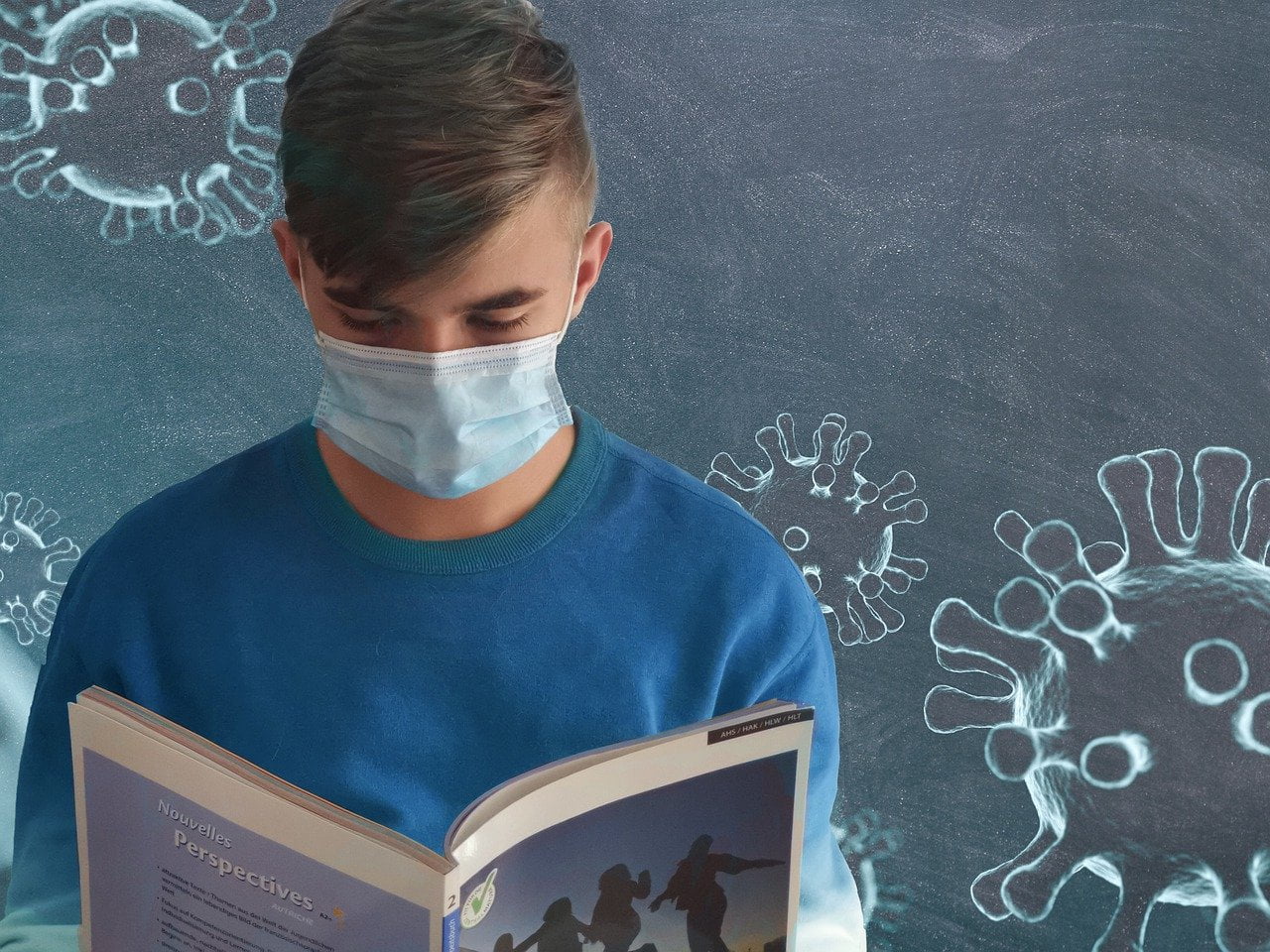Universities Which Had Students Return Face Huge Law Suits – Studies; Many Who Survive COVID-19 Suffer Lasting and Expensive Medical Problems
Q2 2020 hedge fund letters, conferences and more
Universities Which Had Students Return May Face Lawsuits
WASHINGTON, D.C. (August 19, 2020) - New studies, which show that many if not most patients who are not killed by COVID-19 nevertheless suffer lasting illnesses and other disabilities, indicate that universities which had students return to campus may face law suits for huge amounts of damages, says public interest law professor John Banzhaf, who has been called "The Law Professor Who Masterminded Litigation Against the Tobacco Industry," "a Driving Force Behind the Lawsuits That Have Cost Tobacco Companies Billions of Dollars," and an "Entrepreneur of Litigation, [and] a Trial Lawyer's Trial Lawyer."
Many universities which decided to accept the risk of holding in-person classes this fall, and to have students return to crowded dormitories, fraternities, and sororities, may have assumed that the additional income from not having to discount tuition for on-line instruction, or from losing students who might opt out of on-line instruction - as well as money from dormitory rents, dining, and other campus fees - would more than cover any wrongful death actions because only a tiny percentage of students die as a result of exposure in what some have called a petri dish of infection and contagion second only to cruise ships.
But, as the Washington Post just reported, new medical studies could "utterly change the way we think about covid-19: not as a disease that kills a tiny percentage of patients, mostly the elderly or the obese, the hypertensive or diabetic, but one that attacks the heart in most of the people who get it, even if they don't feel very sick. And maybe their lungs, kidneys or brains, too."
Indeed, new medical studies suggest that, although the great majority of non-elderly adults who get COVID-19 do not die, many if not most do suffer lasting and often disabling injuries to their health.
For example, in one study of 100 patients, with a median age of 49, who recovered but were never even hospitalized with COVID-19, 78% showed signs of cardiac involvement, and MRIs indicated that 60% of them - a clear majority - had experienced cardiac inflammation.
Neurological Or Psychological After-Effects Of COVID-19
Another showed that as many as one third of patients recovering from COVID-19 could experience neurological or psychological after-effects from their infections.
Unlike the limited legal damages the tiny percentage of healthy college-age students who might die from the virus might give rise to, the much larger percentage who suffer major and long-lasting impairment to their hearts and lungs, and perhaps also to their brains (e.g., persistent "brain fog") and kidneys, may sue for current treatment costs as well as the additional lifetime medical care they require.
Even if in some cases long-term medical care isn't necessary, these survivors may require periodic and expensive tests and other medical monitoring for the remainder of their lives; an expense which the university may be required to shoulder, especially as the result of class action law suits brought by all students with, for example, "post-COVID pulmonary fibrosis" which causes permanent damage in the lungs.
A study of 416 patients hospitalized with COVID-19 found that 20% of the patients had heart damage during hospitalization; damage which could interfere with many high-stress and high-income occupations such as trial lawyer, surgeon, etc. for which the university could be sued.
Also, notes Banzhaf, seemingly minor injury to the heart or lungs could prevent COVID-19 survivors from engaging in a wide variety of popular activities ranging from jogging and dancing to dozens of more strenuous sports or other activities. For these losses - what the law includes under damages for "pain and suffering" - the university may also be held liable, notes Banzhaf, who teaches about just such law suits.
How Dangerous It Is For Universities To Return Students
Many very recent developments demonstrate just how dangerous it is for universities to return students to the campus for in-person learning this fall. As a few examples:
- Michigan State University has been forced to take its fall semester entirely online, reversing its plan to hold some classes in person
- The University of Notre Dame had to move undergraduate instruction online with almost 12,000 students for two weeks after a recent spike in cases of Covid-19
- One campus party triggered a major cluster of new COVID-19 cases at the University of Tennessee
- Twenty-three people at an Oklahoma State University sorority chapter have tested positive for Covid-19, forcing the entire house to be quarantined
- Barnard and Columbia have been forced to move all undergraduate classes online for the fall
- About 300 students are in quarantine at Northeast Mississippi Community College after nine people on the campus tested positive for Covid-19
- After just two weeks, the University of North Carolina at Chapel Hill had to move mostly online for the remainder of the semester
These and other recent developments, the growing percentage of COVID-19 sufferers who are young and otherwise healthy, and the recognition that many if not most who survive will suffer from permanent and expensive medical problems, including disabling ones, suggests that perhaps more colleges should ask returning students to sign a document acknowledging the unavoidable risk of infection, and waiving any liability on behalf of the institution of higher education, suggests Banzhaf.













